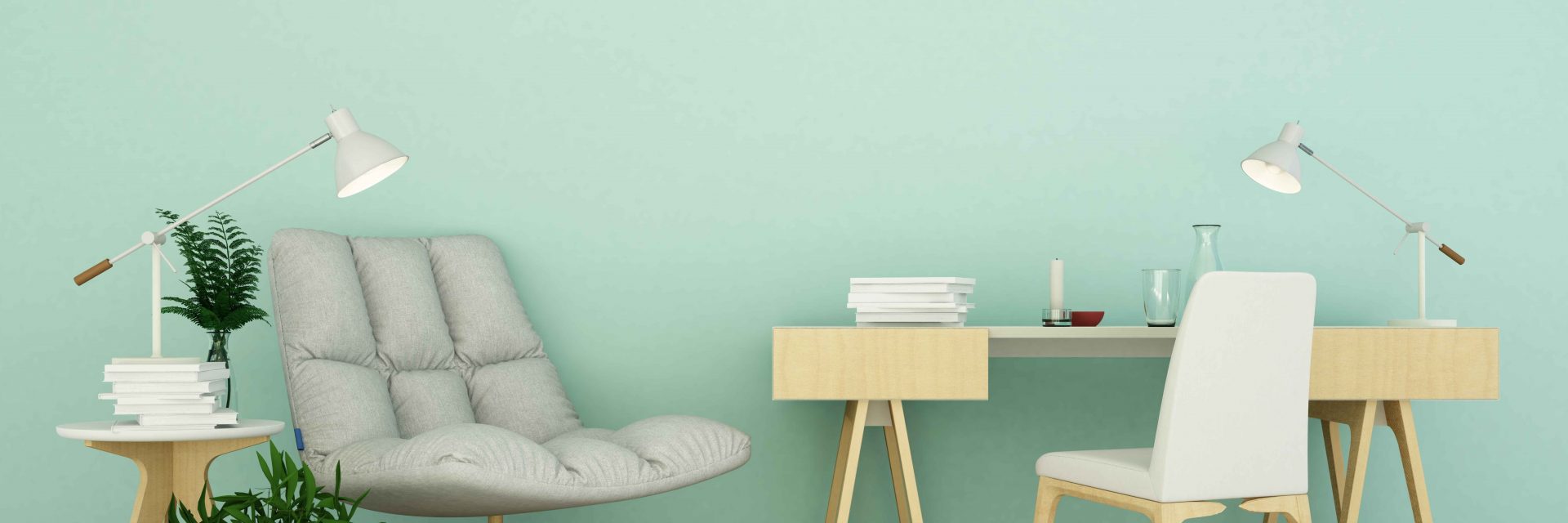Inside Paint Vs. Exterior Paint: Crucial Differences And Appropriate Applications
Inside Paint Vs. Exterior Paint: Crucial Differences And Appropriate Applications
Blog Article
Created By-Hastings Liu
When you're selecting in between interior and exterior paint, it's vital to comprehend their basic distinctions that affect both efficiency and aesthetic appeals. Interior paints are crafted for lower VOC degrees and smoother coatings, making them optimal for indoor rooms, while outside paints are designed to endure harsh weather and UV direct exposure. Each type offers a distinctive function, but knowing when to utilize one over the other can considerably affect your project's end result. So, what aspects should you think about when making your option?
Composition and Formula
When choosing in between interior and exterior paint, comprehending their make-up and formulation is essential. Interior paints normally have a reduced quantity of unpredictable natural substances (VOCs), making them safer for interior air high quality. You'll observe they frequently have a smoother surface, which boosts their ability to stand up to spots and permits much easier cleansing. They're made to withstand the rigors of indoor atmospheres, including differing humidity degrees and temperature changes.
On the other hand, outside paints are created to sustain harsher problems. They generally include higher levels of pigments and additives to stand up to fading from UV rays, in addition to to stop mildew and mold and mildew growth. Their composition includes a lot more binders and materials, which give much better adhesion to surfaces revealed to the components. This ensures the paint can hold up against rain, snow, and rising and fall temperatures without peeling or cracking.
Performance and Resilience
Assessing performance and longevity is vital when choosing in between interior and exterior paint. Inside paint is created for surface areas that experience much less wear and tear. It normally withstands fading and scuffing, making it suitable for living rooms and rooms. However, it might not stand up well in high-moisture locations like bathroom and kitchens without correct formulation.
On the other hand, outside paint deals with harsher problems. see here now to stand up to UV rays, rain, and temperature level changes. This kind of paint usually has ingredients that stop mold and mold development, guaranteeing long life in different environments. When you make use of outside paint, you can expect it to last a number of years much longer than indoor paint, supplied it's used appropriately.
One more essential distinction lies in the surface alternatives. Inside paints usually have a selection of coatings for aesthetic appeal, while exterior paints prioritize longevity over luster. If you're looking for something that can handle the components, exterior paint is your best option.
In contrast, if you're focused on interior appearances with less problem for extreme problems, interior paint could be appropriate. Ultimately, your option should line up with the details demands of the atmosphere.
Aesthetic Factors to consider
A fresh coat of paint can change an area, however aesthetic considerations play an important duty in your choice in between exterior and interior alternatives. When you're picking paint, consider the mood you wish to produce. Inside paint enables you to explore a wider series of colors and coatings, allowing you to reveal your individual style and boost your home's atmosphere. Whether you go with soft pastels or bold hues, the ideal indoor paint can make your spaces feel comfy, dynamic, or serene.
On the other hand, outside paint needs to straighten with your home's style and the surrounding environment. Here, straight lines painting 're not just making a style statement; you're likewise considering curb allure. Selecting colors that balance with your community can enhance your home's value and visual appeal. Bear in mind that exterior paint is additionally subject to fading and weather adjustments, so selecting a classic shade can save you from constant repainting.
Inevitably, take into consideration exactly how each alternative fits your vision. By aligning your paint selection with your preferred aesthetic, you can produce spaces that mirror your individuality while preserving performance.
Conclusion
When it involves choosing paint, understanding the key differences in between exterior and interior options is vital. Inside paints concentrate on aesthetic appeals and reduced VOCs, making them excellent for enhancing your interior rooms. On the other hand, exterior paints are created for toughness and weather resistance, safeguarding your home from the elements. By considering your specific needs and the atmosphere, you can with confidence select the appropriate paint to accomplish the appearance and long life you prefer for your room.
